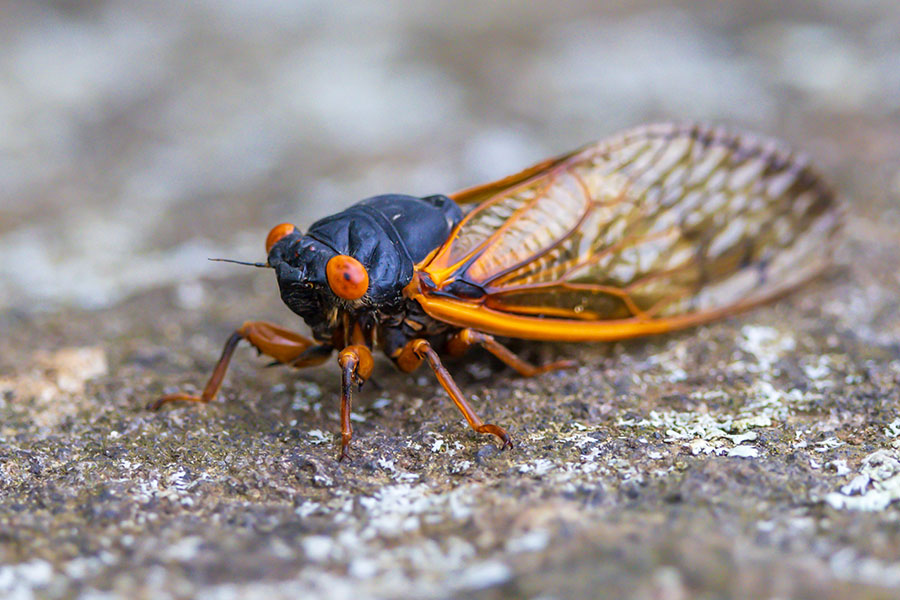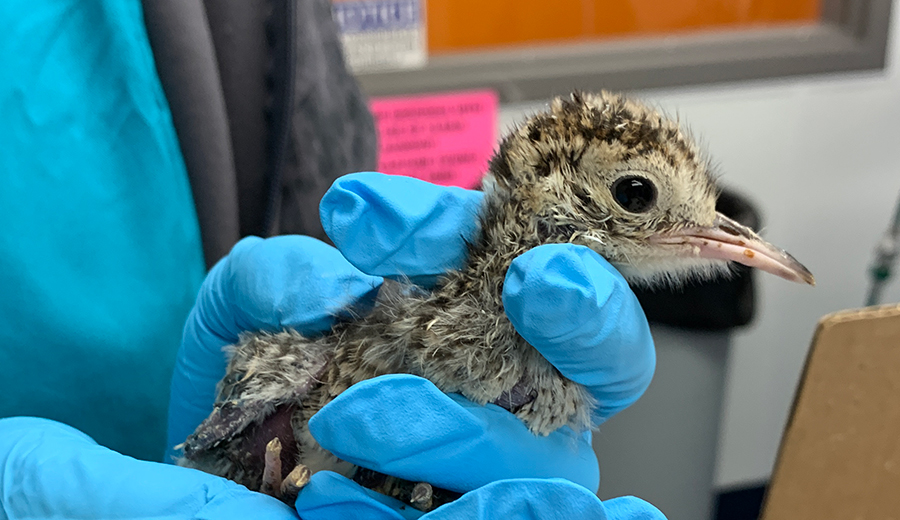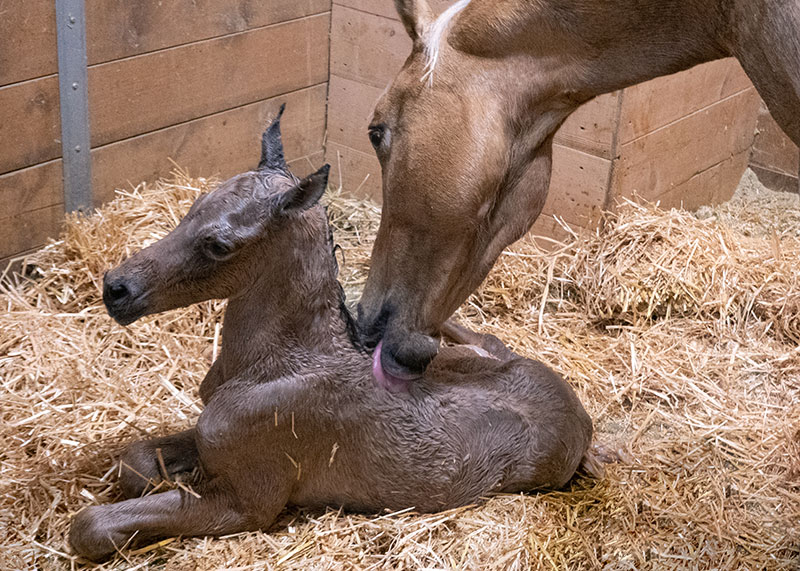Animals exposed to smoke need immediate care
Visible injuries such as burns and scrapes are not the only health concerns for a pet involved in a fire. Though not obvious to the eye, exposure to smoke can cause serious consequences, according to Dr. Efa Llewellyn, one of the board-certified emergency and critical care specialists at the University of Illinois Veterinary Teaching Hospital in Urbana.
All land animals need oxygen to survive. A molecule found in blood, called hemoglobin, picks up oxygen from the lungs and delivers it to tissues throughout the body. However, when the lungs fill with smoke, which contains high levels of carbon monoxide, carbon monoxide displaces oxygen on the hemoglobin molecule, starving the body of its oxygen supply.
Prompt Treatment for Smoke Inhalation
“Clinical signs of smoke inhalation may include agitation, an uncoordinated gait, seizures, difficulty breathing, increased breathing rate, coughing, facial swelling, squinting of the eyes, and skin burns,” Dr. Llewellyn explains. “The pet may also exhibit changes in its mental state, ranging from being a little quieter than normal to being comatose, in the most severely affected patients.”
Animals that have been exposed to smoke need immediate attention from a veterinarian. Prompt treatment can mean the difference between recovery and permanent impairment or death.
“The mainstay of treatment is oxygen therapy. After the animal is removed from danger, oxygen may be provided at the scene of the fire via face mask, if available,” says Dr. Llewellyn. “If there is evidence of skin burn, cool water or wet towels may be applied to the affected area to try to limit further injury. Immediate treatment by a veterinarian is vital thereafter.”
Even pets that seem to be doing well at first should be seen by a veterinarian. Clinical signs of breathing difficulty may get progressively worse, especially during the first 24 hours following exposure. Some animals may even require intubation. Intubation is a procedure in which a tube is placed in the mouth down the trachea to keep the airway open.
Small-scale Fires and Tobacco
Because the negative effects of smoke inhalation can’t be seen and may be delayed, it can be hard to know whether to take action in the case of small-scale fires. What about campfires, small kitchen accidents, and wood-burning fireplaces?
According to Dr. Llewellyn, controlled fires in a well-ventilated space should not cause significant harm.
“Carbon monoxide exposure is going to be most prevalent in poorly ventilated areas,” she says. “Other risk factors for toxicity include inhalation of fumes from gas broilers or heaters, car exhaust, charcoal grills, and gasoline-powered generators within a poorly ventilated space, such as a garage.”
Chronic smoke inhalation from pipes and cigarettes should also be avoided.
Smoke Exposure and Chronic Bronchitis
“Although we do not generally see acute clinical signs in cats and dogs following tobacco smoke exposure, there is some evidence for a relationship between tobacco smoke exposure and development of chronic bronchitis in dogs.
“Chronic bronchitis is an inflammatory disease process of the larger airways. The most common clinical sign is a harsh, productive or nonproductive cough. There is also evidence suggesting an association between environmental tobacco smoke and development of cancer of the nose and lung in dogs and lymphoma in cats,” says Dr. Llewellyn.
For these reasons it is recommended not to smoke within enclosed areas around pets. Ingestion of cigarettes or any other nicotine-containing product is also toxic for pets, requiring immediate veterinary attention.
If you have questions about the impact of smoke on pets, please contact your local veterinarian.
By Hannah Beers

![[smoke inhalation]](https://vetmed.illinois.edu/wp-content/uploads/2021/04/pc-smoke-llewellyn.jpg)


